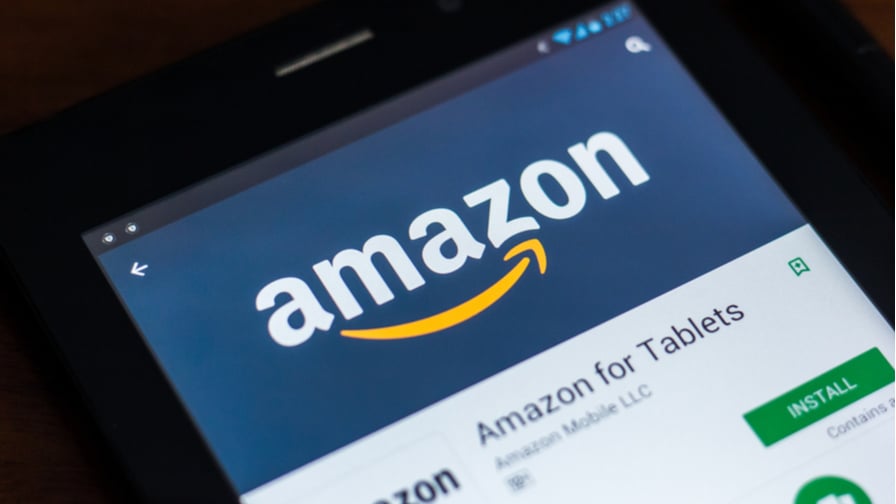US Treasury Secretary Steven Mnuchin recently said that Amazon had “destroyed the retail industry across the United States,” and arguably it has had an even more destructive impact on the online retail industry. Where does that leave the Affiliate industry that relies on online retail? Under serious threat, unless it adapts rapidly.
Amazon is now the most valuable brand in the world, and it has gotten there through a heady cocktail of customer-centricity and competitive aggression. First, it disrupted the global publishing industry with its Kindle device and platform, exerting monumental pressure on hitherto unchallenged industry powerhouses. Then, it sought to expand from being the go-to place to buy books, into the go-to place to buy anything, with innovations like next, or even same-day delivery across a vast product range. It repositioned itself as a retailer-cum-wholesaler, offering scale, affordability and convenience to its millions of users. And finally, it turned its sights on the home device market with its monumentally successful range of Alexa-enabled devices.
Throughout this expansion and evolution of its business, Amazon has used a number of not-so-secret weapons to continue its growth, in the absence of more conventional marketing campaigns. Its web platform is possibly the case study in massively scaled search engine optimisation for an ecommerce site, as it is set up and optimised radically towards appearing in searches for specific products, rather than higher-trafficked “generic” terms. This strategic approach focuses on the bottom of the funnel where its money is made and has psychologically positioned it as the end-point of the shopping journey for most consumers., who will research elsewhere, but end up on Amazon to buy, for its sheer convenience.
This psychological positioning has resulted in consumers increasingly going directly to Amazon as their first port of call when searching for products. In fact, studies have found that more than 46% of product searches begin on Amazon. With this mental primacy now firmly established in consumers’ minds, Amazon has begun to flex its considerable financial and technological muscle, rolling out a wider range of advertising options. This play targeting Google’s bottom line by going after their primary source of revenue (ad spend) is still in its infancy but is only going to increase in scale and importance to modern marketers.
What does this mean for the affiliate model?
So where does this leave the traditional Affiliate model? Under a fairly significant threat, it could easily be argued. While the use of Google search and the traffic it generates for Affiliate partners at the top of the funnel (in online search terms at least) is not likely to go anywhere or diminish any time soon, the more product-driven, purchase intent led volume is already being captured by Amazon. More significantly, a sizable, and rapidly growing, percentage of consumers are starting (and finishing) their purchase journey on the Amazon platform, and the data suggests that once on Amazon, consumers tend to stay and purchase there, with Amazon Prime customers converting at a frankly ridiculous 74% rate. This means these consumers are not even entering the pool of potential traffic for Affiliates. As Amazon’s product range continues to expand, this threat will only increase.
However, with every threat, there is a potential opportunity for those bold enough to take it. There are broadly two possible options for existing Affiliates.
First, they can diversify the range of brands they work with, targeting higher-end and service-led brands. After all, not everything is sold on Amazon, and are not likely to ever be sold on Amazon. By working with these brands, the importance and relevance of Amazon’s disruptive power is massively lessened. This is not necessarily realistic for many Affiliates, in which case a more radical solution is required.
That is to say, the second option is for Affiliates to “ride the tiger” and jump into bed with Amazon, to take advantage of its outstanding conversion rates and enormous user base. What this means for each Affiliate could mean anything from providing tracked amazon links on brand pages to setting up their own Affiliate-branded stores within Amazon’s platform that acts as a third-party storefront for the brands they work with, which means a move towards more traditional retail that the Affiliate model.
Either option is hugely risky, but simply ignoring the problem will not make it go away. One thing that is absolutely certain, and that every Affiliate needs to start taking into account right now is the radical shift in consumer expectations of online experience that Amazon has driven with its website and app experiences. The Amazon site is notoriously fast, with the oft-cited claim that an increase of 1s in load speed equates to $1.6bn in lost annual revenue. Its app provides an equally seamless experience, which has fast become expected from consumers in their shopping journeys. What this means is that Affiliates must invest in high-quality website and app experiences that are as easy, or easier, to use. A great example of this is Quidco, whose app is brilliantly designed and easy to use from an end-user point of view.
In conclusion, the relentless growth trajectory of Amazon presents the Affiliate industry with steep challenges that must be rapidly adapted to, if the threat they represent is not to prove terminal.
